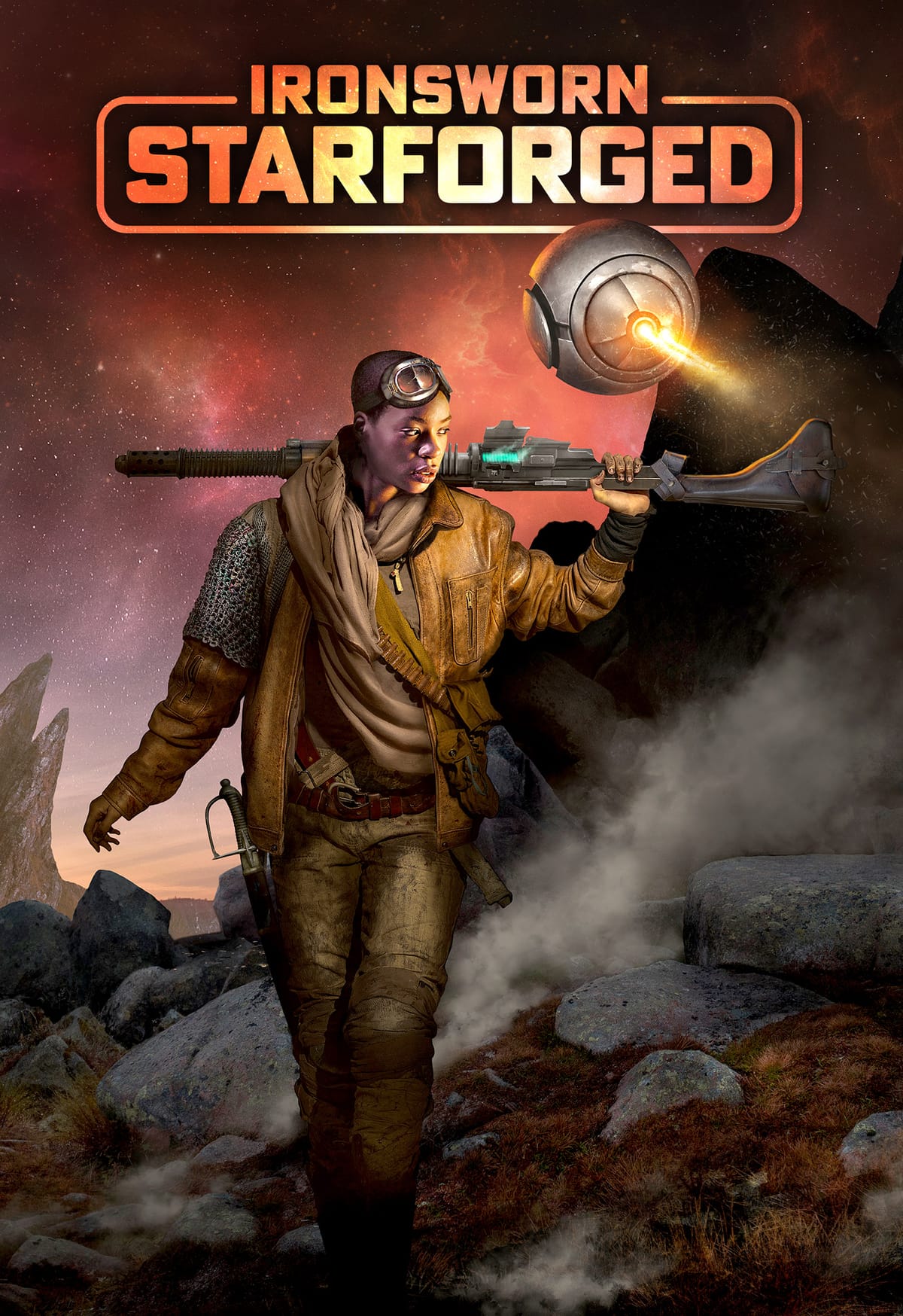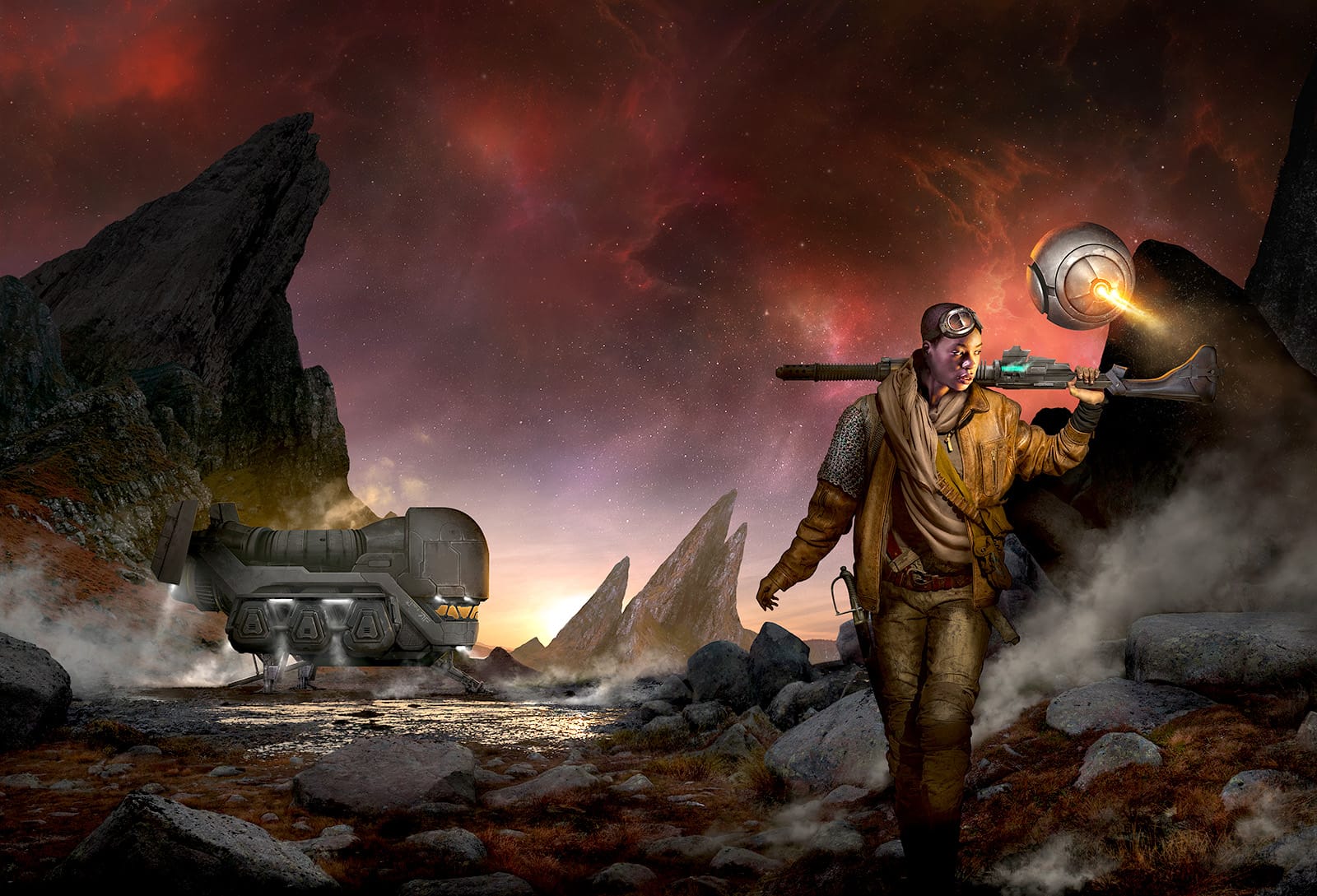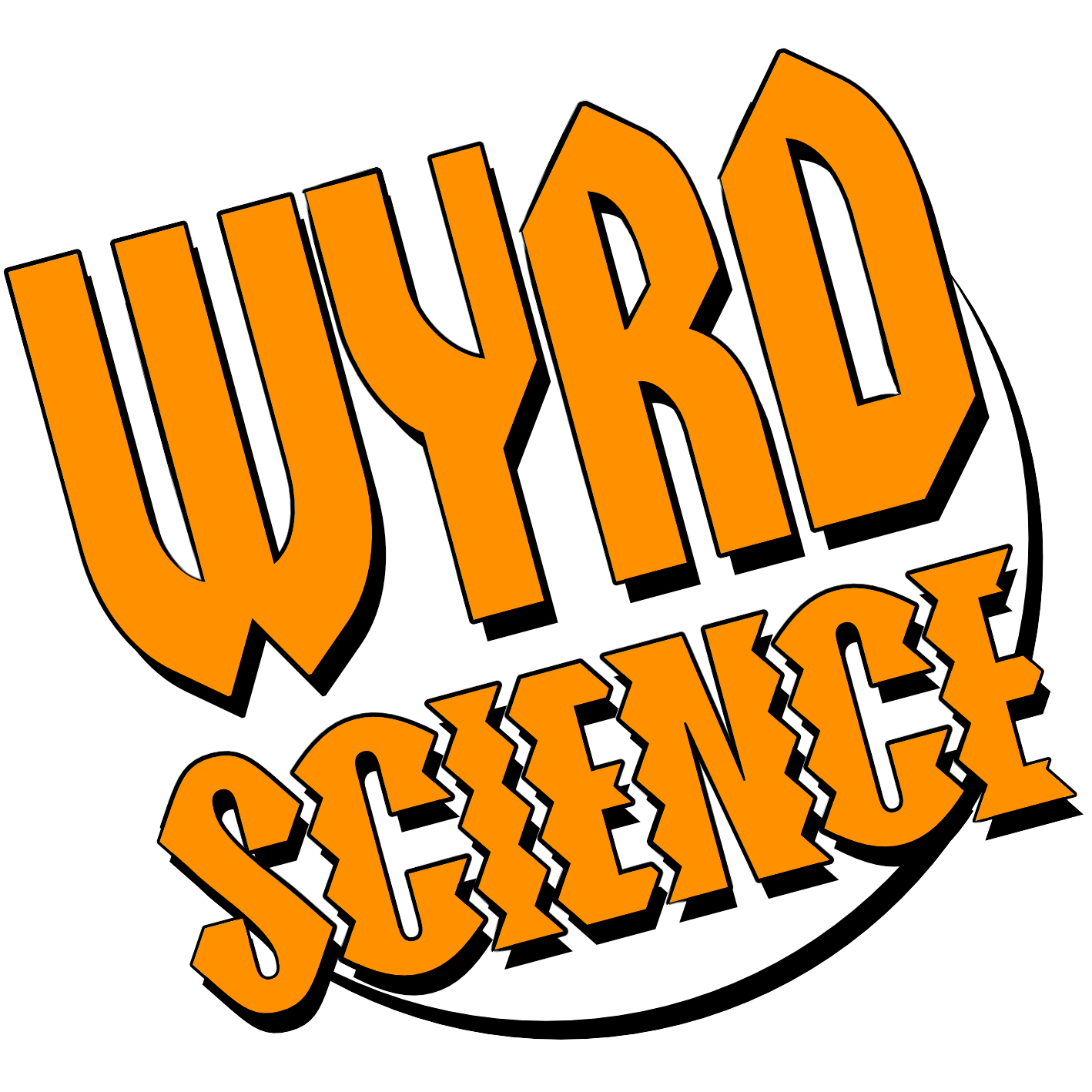
And so, once again we must swear an iron vow but this time instead of venturing through a dark fantasy land or delving into its myriad nightmares, we instead turn our attention to the stars.
Starforged is the third in Shawn Tomkin’s Ironsworn series and while it can be played like a traditional RPG with a GM and a group of players or as a GMless co-op game, the series is best known for its solo versatility. With the use of Powered By The Apocalypse style “Moves” and extensive Oracles to give prompts and guidance on near enough everything, Ironsworn has built a reputation of being the perfect vehicle for anyone looking to run a game for and by themselves.
Starforged, as mentioned above, takes the original Ironsworn system and launches it into a region of space known as The Foundry which you’ll make up or generate during your solo session zero. During this setup session, which can take a couple of hours, you’ll be expected to generate 14 Truths about the setting, choose 2 of the 40+ Paths available for your character, sort out your stats, generate planets, settlements, and finally decide upon an Iron Vow which will be your main quest at this stage in the game.
It’s a lot, it really is, but once you’re past that session zero hurdle, Starforged really does begin to earn its reputation as a system that can handle nearly every story you want to tell.
Like any solo game that tries to replicate the freedom of a traditional RPG, Starforged does bump into the question of “why don’t I just write a book?” and, to be honest, it’s a fair question. Most of Starforged’s gameplay is just creating and writing but where it differs from the magical art of creative writing is in the uncertainty.
Whenever your character is in a situation where success is in doubt, you will have to use one of the many Moves available and chuck the dice. Each combat could be your last, each discovery could change everything, and it is in this back-and-forth with the book that Starforged really shines. It pushes you to tell stories you wouldn’t think of and takes you along for the journey as you can never be certain where the plot is going.

The downside though is that even with a relatively simple base game mechanic, the sheer variety of things to do can be overwhelming. With the fail state of many Moves requiring you to make another Move and consult an Oracle and make sure to adjust your rolls for your various stats, paths, companions, gear, etc, the action can feel quite lethargic. To veteran D&D players it’ll still seem zippy but players of more story focused or single roll games will certainly feel the pinch.
There’s also little in the way of guidance which can drain all the excitement from the experience as you puzzle over exactly how you’re supposed to insert the results from the Oracle into the current scene. In some ways, it requires a lot of elasticity from the player in much the same way as the old Fighting Fantasy books were often much improved by the “my finger was still on the other page” rule that many of us used.
Don’t deny it, you did it too!
In the end, Starforged provides the same framework as Ironsworn but with a new coat of paint, loads of new character options and updated rules for a sci-fi setting. If you like the idea of playing a fully fleshed out campaign by yourself, then there really is no better option, just be prepared to both put in the work and break the rules from time to time.
Writing: Shawn Tomkin
Published by Modiphius
This feature originally appeared in Wyrd Science Vol.1, Issue 4 (April '23)

